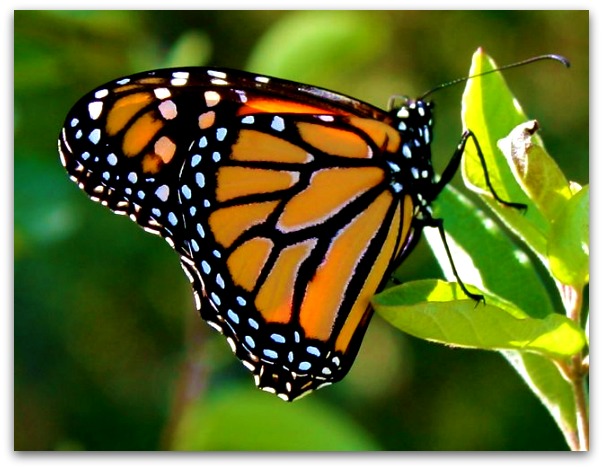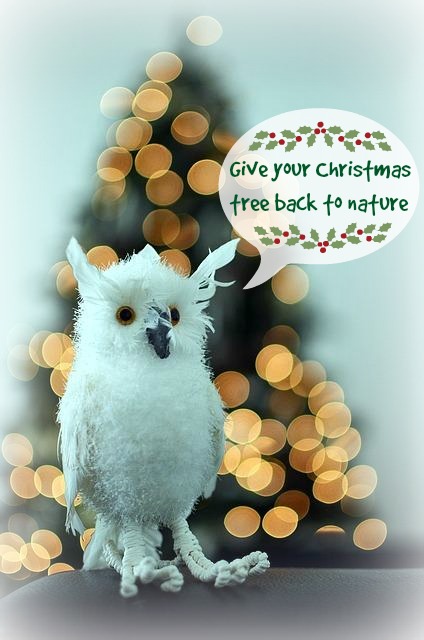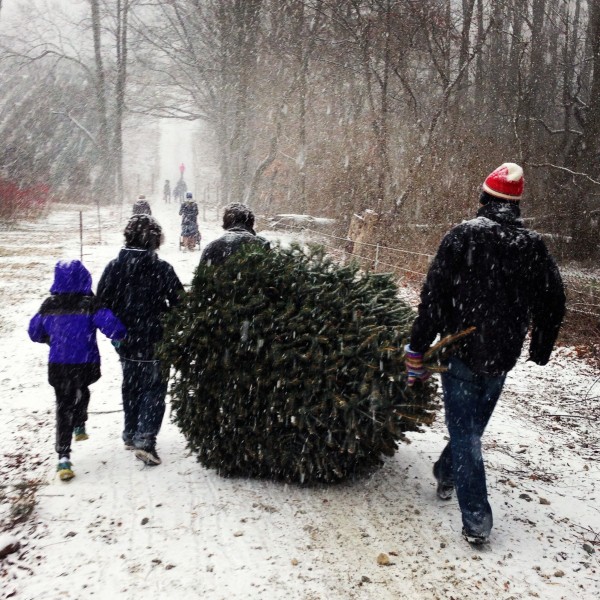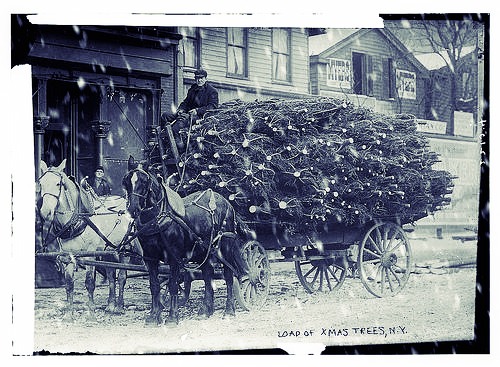
The universe is full of magical things,
patiently waiting for our wits to grow sharper.
– Eden Phillpotts
NOTE: I’m giving away a copy of the National Wildlife Federation’s Attracting Birds, Butterflies & Other Backyard Wildlife . Details are at the end of this post.
. Details are at the end of this post.
Last week I talked about 13 great citizen science projects that kids can participate in, to foster a love & knowledge of the life all around us (while aiding researchers). To make those projects even more enjoyable & meaningful for your family, you might want to consider cultivating your garden with wildlife in mind. The better suited your property is to your local wildlife, the more wildlife will visit (and stay); the more for your kids to report!
May is Garden for Wildlife Month, so I’m going to try to stay focused long enough to have our yard registered as a Certified Wildlife Habitat with the National Wildlife Foundation. It’s one of those things I’ve always meant to do… like, for over a decade.
When you certify in May, the NWF will plant a tree on your behalf; in addition, for a fee you can receive a sign to place in your yard signifying its habitat status. (Why does this matter? Because studies show that people are more likely to do good when they see others doing good. Your sign might inspire passers-by to garden for wildlife too!)

Think of your wildlife garden as a square in a patchwork quilt. Your neighbor’s yard, the next square over. Build the quilt in your mind to encompass your entire town, city, state.
How many of those squares are taken up by hostile, barren environments like shopping malls, parking lots, interstates, power stations? How far does a hummingbird need to travel, from one nectar-providing oasis to the next? Is it any wonder that migratory animals encounter hardship? That many species of local wildlife are in decline?
In so many ways making a difference for the planet is about fostering connections. Stand together or die alone, as the saying goes. How many people can you encourage and inspire to stitch a square onto your patchwork?
Requirements to certify as a NWF wildlife habitat:
Provide food for wildlife (need 3 elements):
- seeds from a plant: remember to stick to native plants; your local wildlife has evolved to maximize nutrients from these plants. They are also more likely to do well in your climate (meaning less work for you).
- berries & fruits
- nectar & pollen
- foliage/ twigs
- nuts
- sap
- bird feeder/ suet feeder
- squirrel feeder
- hummingbird feeder
- butterfly feeder
We’ll have sunflowers up. We have a variety of nectar-bearing plants, a hummingbird feeder, a bird feeder, and a board mounted onto a downed log that we screw corn cobs onto for the squirrels and crows. We also have more foliage than you can shake a stick at, and wild raspberries and wineberries in late summer. (I don’t know if you can count those as a food source, though; the kids are pretty vigilant about picking the ripe ones themselves.)
Provide water for wildlife (need one element):
- birdbath
- lake or stream; river; ocean
- seasonal pool; spring
- water garden/ pond
- butterfly puddling area
- rain garden
We have a vernal (seasonal) pool— a more accurate description might be seasonal puddle & trickle— and a birdbath on our deck. We need to learn how to take better care of both so we’re not doing more harm than good.
Provide shelter for wildlife (need 2 elements):
- wooded area
- bramble patch; dense shrubs or thicket
- ground cover; meadow or prairie
- rock pile or wall
- evergreens
- brush or log pile
- water garden or pond
- bird houses, bat boxes, bee shelters
We’ve got this one covered: woods, brush piles, stick piles, evergreens, brambles (really just a forsythia that got overtaken by a stickerbush, but seemingly hundreds of birds hang out in there), the “pond”, bird houses. (I’m trying to convince Jeff to let part of the yard go to meadow but he seems to think that will invite the “wrong kind” of wildlife.)
Provide a place for family time (need “at least 2 places for wildlife to engage in courtship behavior, mate, and then bear and raise their young”)
- mature trees
- meadow or prairie
- nesting box (birdhouse)
- host plants for caterpillars (good list here)
- dead trees or snags
- dense shrubs or thicket
- water garden or pond
- burrow
We’ve got live trees and dead trees, shrubs, burrows, birdhouses, the pond if you want to count that (I’m not, since we’re going to be working on it and disturbing it). I think we have some milkweed that volunteers for the caterpillars, but I want to plant some more host plants just ’cause I like ’em.
Garden in an Environmentally Friendly Way (need 2 elements):
- Soil and Water Conservation
capture rain water; xeriscape (water-wise landscaping with drought-tolerant plants); drip or soaker hose for irrigation; limit water use; reduce erosion (i.e. ground cover, terraces); mulch; rain garden
- Controlling Exotic Species
practice integrated pest management; remove invasive plants & animals; plant native plants; reduce lawn
- Organic Practices
eliminate chemical pesticides & fertilizers; compost
Er. OK, Jeff bought organic soil and mulch (this is sort of a big deal, as I would never have said anything about it if he hadn’t. In fact, this tiny gesture meant more to me than I can ever say). He also has been yanking the never-ending garlic mustard. We have a compost pile and a worm farm, but fell off the composting wagon over the winter; I’ll try to get back on that. I’ll ask Jeff to make a rain barrel, since he’s always telling me that they’re too expensive and he can make one for nearly nothing. We conserve water, more out of a benign neglect than anything else 

And that’s it! We do qualify based on what we do already, but we’ll definitely try to do more. We’re mainly optimized for birds and squirrels (and deer, groan), but I’d like to see us being more hospitable to bees, butterflies, bats, frogs and toads.
———————————————————————————————-
How are you gardening with wildlife in mind?
———————————————————————————————-
GIVEAWAY! I have a copy of Attracting Birds, Butterflies & Other Backyard Wildlife (pictured above), by David Mizejewski, manager of the National Wildlife Federation’s Backyard Wildlife Habitat Program. This is my own personal copy, bought with my own monies. It is in used but Like New condition, with the exception of a little sticker gunk where the price sticker was on the cover.
(pictured above), by David Mizejewski, manager of the National Wildlife Federation’s Backyard Wildlife Habitat Program. This is my own personal copy, bought with my own monies. It is in used but Like New condition, with the exception of a little sticker gunk where the price sticker was on the cover.
Leave me a comment telling me what bird, bug or animal you’d like to attract more of, for your chance to win!
For a second entry, like my fan page on Facebook and leave a 2nd comment letting me know you did. (If you already like me  leave a comment to that effect.)
leave a comment to that effect.)
**Must be a US mailing address. Winner will be chosen at random from all entries at noon on Sunday, May 15th.**
Disclosure: I have no affiliation with the National Wildlife Federation and was not compensated or anything for this post. I just wanted to encourage everyone to garden for wildlife and thought, hey! Nice tie-in for a giveaway!








